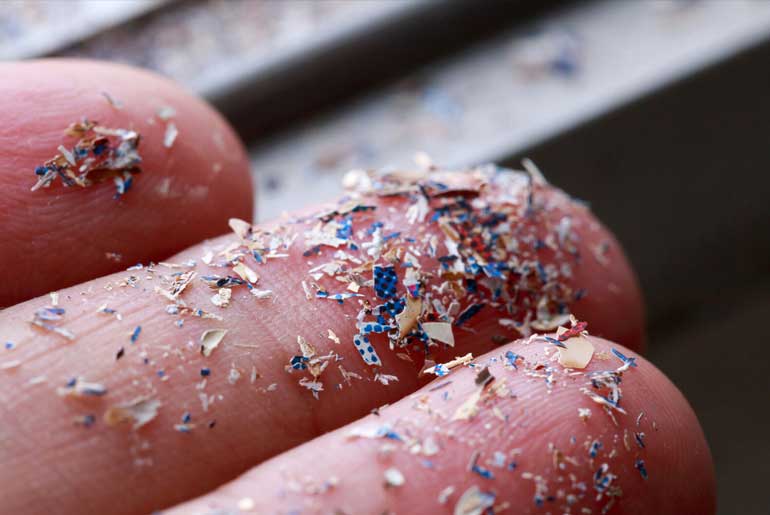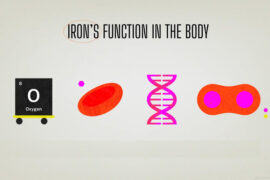Microplastics are tiny plastic particles that result from the breakdown of larger plastic items. Plastics, which are synthetic materials often derived from petroleum, can degrade into microplastics through exposure to heat, weathering, and biological processes. These particles can vary in size from a few millimeters, comparable to a pencil eraser, to as small as a fraction of a human hair. Even smaller are nanoplastics, which are increasingly under investigation. Microplastics have been detected in diverse environments, including air, water, soil, and in various foods like salt, sugar, honey, rice, and seafood. Their ubiquity raises concerns about their potential health effects.
Are Microplastics Present in the Human Body?
Current research suggests that microplastics are likely present in the human body. Studies indicate that these particles can be found in various body tissues, including the heart, liver, kidneys, and reproductive organs. Estimates vary on how much microplastic people ingest or inhale, influenced by factors such as diet, location, and environmental conditions. A 2019 estimate by Australian researchers, on behalf of the World Wildlife Fund, suggested that individuals could consume about 5 grams of plastic weekly from food and beverages, equivalent to a credit card. Although this figure is debated, it highlights the potential for widespread exposure.
Do Microplastics Pose a Health Risk?
The health implications of microplastics are still being studied. The World Health Organization’s 2022 report found no conclusive evidence linking microplastics to clear health risks. However, some researchers are concerned due to the presence of toxic chemicals associated with plastics. Evidence suggests that microplastics could cause inflammation and other harmful changes in the body, potentially increasing the risk of conditions like heart attacks and strokes. A small study published in the New England Journal of Medicine indicated a possible association between microplastics in arteries and a higher risk of cardiovascular events, though this finding remains tentative and requires further validation.
Current Concerns and Expert Opinions
Experts in the field, such as Dr. Marya Zlatnik and Dr. Philip Landrigan, express concern about the potential health impacts of microplastics despite limited conclusive evidence. Dr. Zlatnik, an obstetrician who studies environmental toxins, notes that while the field is still developing, she is cautious about making specific health recommendations to patients. Dr. Landrigan emphasizes that, even with the incomplete understanding of microplastic effects, the existing data is troubling and warrants further investigation.
Practical Steps to Reduce Exposure
To minimize potential microplastic exposure, researchers recommend several practices. For example, removing shoes before entering the home can help reduce the tracking of plastic-laden dust indoors. Opting for home-prepared foods, particularly fresh fruits and vegetables, can also be beneficial. Avoiding the use of plastic containers for microwaving food and choosing reusable stainless steel or glass bottles over disposable plastic ones are additional measures to consider. However, Dr. Zlatnik acknowledges that for families facing economic hardship, such recommendations might be secondary to more immediate concerns like securing sufficient food.
In summary, while the evidence on microplastics’ health effects is still emerging, the presence of these particles in various body tissues and their potential for harm warrant ongoing research and precautionary measures to reduce exposure.
Disclaimer:
The information contained in this article is for educational and informational purposes only and is not intended as a health advice. We would ask you to consult a qualified professional or medical expert to gain additional knowledge before you choose to consume any product or perform any exercise.







